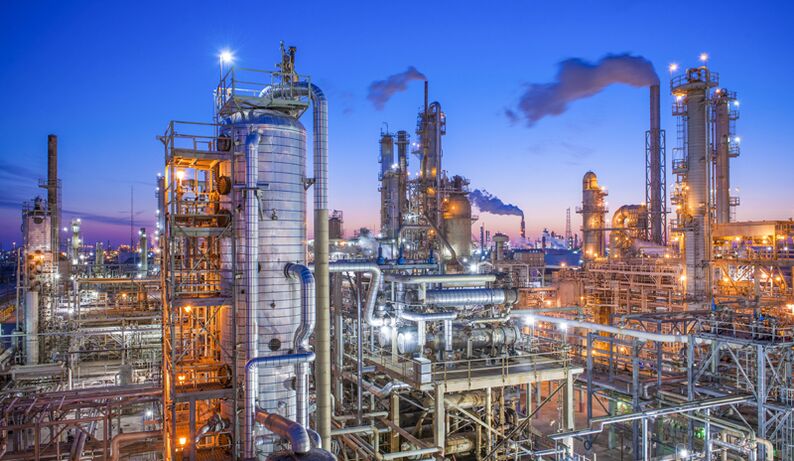A powerful energy complex is used to serve industrial, agricultural and construction companies. Of all the energy produced in the country, nearly 80% is consumed by companies. The cost of thermal power is becoming one of the main expenditure items.

They can be reduced by introducing energy-saving technologies in the enterprise. They mean improvements in equipment and the use of high-precision instruments. The choice of instrument always takes into account the specific conditions of industrial facilities. Therefore, companies in the heating, power and petroleum industries use equipment with a higher level of protection against external influences.
Popular ways to save money: main directions
The main technical activities include:
- Replace energy-saving equipment, from lamps to heat exchangers and variable frequency motors.
- Increase productivity during power generation: for example, installation of condensing equipment.
- Start the "ecological" alternative energy (solar, water, wind) project.
- Monitor the resources consumed and activate the control system.
Research carried out and statistics collected show that 90% of energy losses are related to unreasonable consumption, but only 10% are lost during transportation and transmission. Therefore, the main direction of energy-saving technology is closely related to the optimization of thermoelectric utilization. All these activities have their own payback period: experts can easily calculate the economic feasibility of implementing certain processes or purchasing new equipment.
Technical activity
The technical measures implemented have effectively reduced the consumption of energy and electricity. They are costly and time-consuming, and may require substantial investment in the initial stages, but can provide good results (and real money savings). Such incidents include:
- Install metering devices and flow meters: allow you to identify hidden losses and reduce costs by 20-30%;
- Install a small boiler room as needed, away from the central expressway, area: help eliminate heat loss during transportation;
- Introduce a frequency control system for the motors in the ventilation and pumping systems for other objects that operate with non-constant loads;
- Install lighting start relays and replace energy-saving lamps;
- Obtain energy by directly processing secondary raw materials in production (thus reducing its cost by nearly 4 times);
- Insulation of the room;
- Install and launch solar panels;
- Use organic fuels in the boiler room.
In addition, don't forget to conduct regular inspections and repairs on all pipes, cable networks and other elements of the engineering system, which can reduce losses. In addition, gas, water and electricity supply systems must be equipped with modern high-sensitivity regulators and metering devices. These are activities that modern companies are actively implementing.
If we talk about the latest energy-saving developments, these include vortex type heat generators, heat exchangers in ventilation systems (with additional coolant or radiator types), solar panels and solar collectors. Most advanced technologies are too expensive for large-scale use. The only exceptions are the introduction of LED lighting and rotating wind turbines.
























